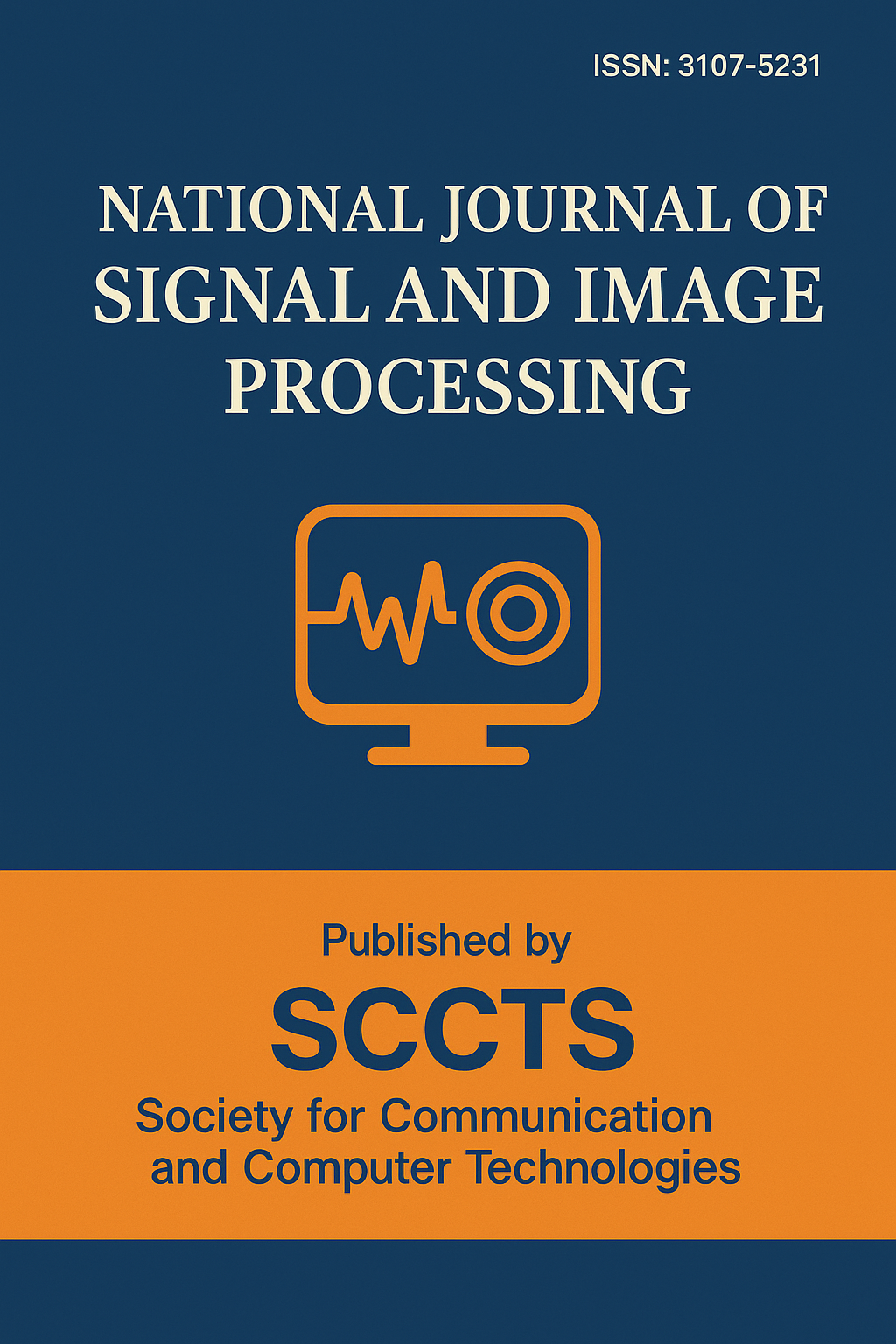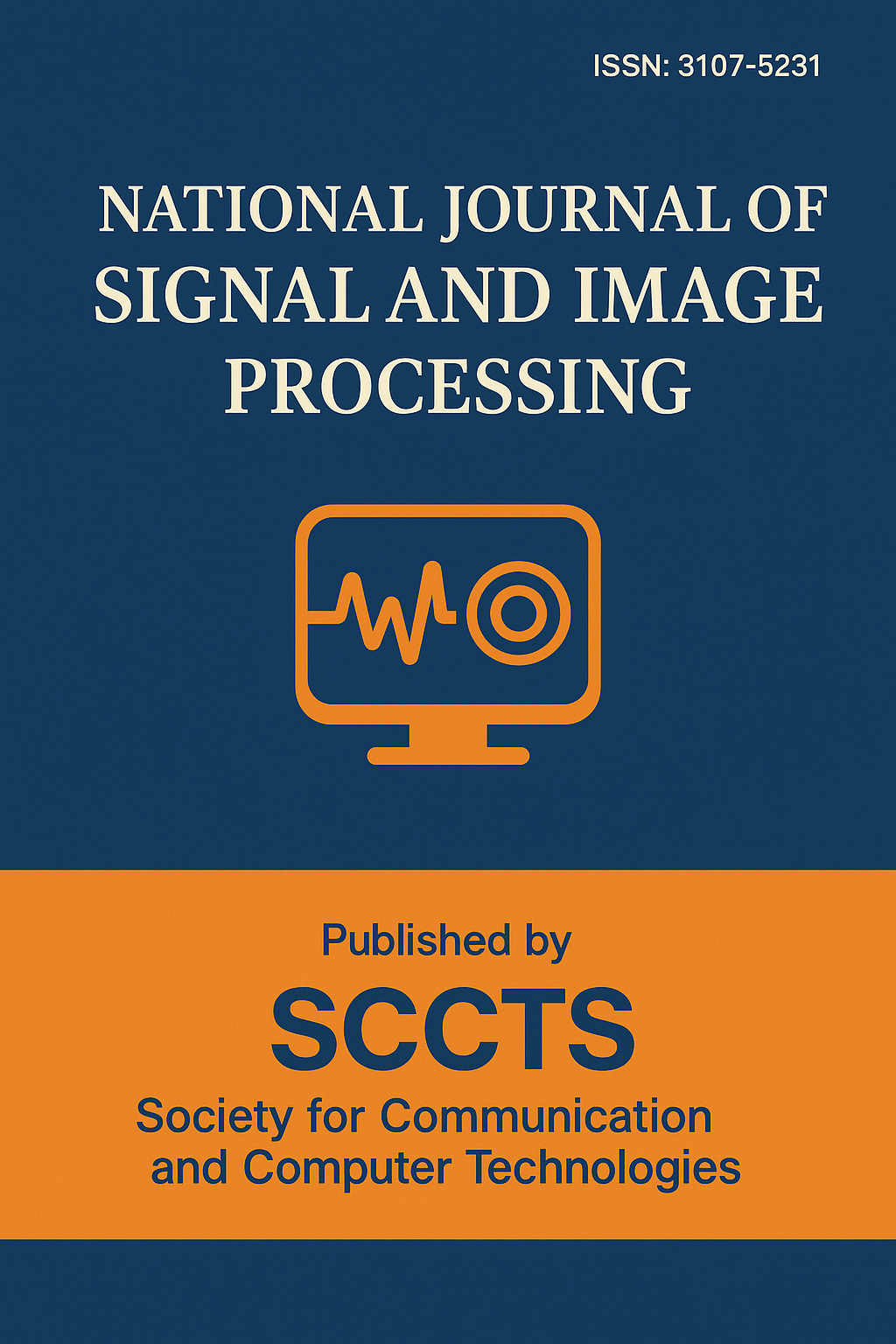IoT-Integrated Deep Learning Framework for Real-Time Image-Based Plant Disease Diagnosis
DOI:
https://doi.org/10.17051/NJSIP/01.02.06Keywords:
IoT, Deep Learning, Plant Disease Detection, MobileNetV2, Edge AI, Image Classification, Precision Agriculture, TensorFlow Lite, Smart FarmingAbstract
The plant diseases are a major threat to food security globally since they result in production loss through low crop yields in addition to compromising the yield quality and quantity. Manual inspection is a primary application in traditional disease detection techniques as it requires labour, prolongs diagnosis time, and has a very low rate of error occurrence as well as it is not applicable across large landscapes of farming. In order to overcome these restrictive factors, this study develops an Internet of Things (IoT)-enhanced deep learning model of real-time plant disease diagnosis based on images. The system is a combination of the most recent advances in computer vision through convolutional neural networks (CNNs) and edge computing to allow detecting and classifying plant diseases early in real-world farms. The selected model consists of a curated dataset of 50,000 leaves of various crops, both healthy and diseased, used to feed a lightweight CNN, which is a modified MobileNetV2 that is optimized to run on the resource-constrained edge device, namely Raspberry Pi 4B. The model is optimized to TensorFlow Lite to achieve fast inference (in real-time) and is deployed down at the field level, an IoT-based camera takes image 2-4 times in a minute of the leaves. The images that would be captured are processed locally on the edge node whereby the disease classification has to be done with high accuracy and low latency. The system performs classification with 93.23 percent accuracy with an average of 0.596 seconds inference time, making it feasible in field conditions and an activity that is real time. In addition, the system offers low power drain, wireless interconnection and horizontal expansion using MQTT enabled communication with remote cloud dashboard which stores long term data and provides analytics. The given proposed solution presents the cost-efficient, mobile-friendly, scalable tool, which might help farmers to get timely and actionable information, which will help farmers cue precision agriculture approaches and reduce the transmission of the plant diseases. By filling in the gap between deep learning and the technology of field-deployable IoTs, this framework will present substantial possibilities of shifting the traditional agricultural monitoring systems toward smart, centralized farming monitoring systems.






